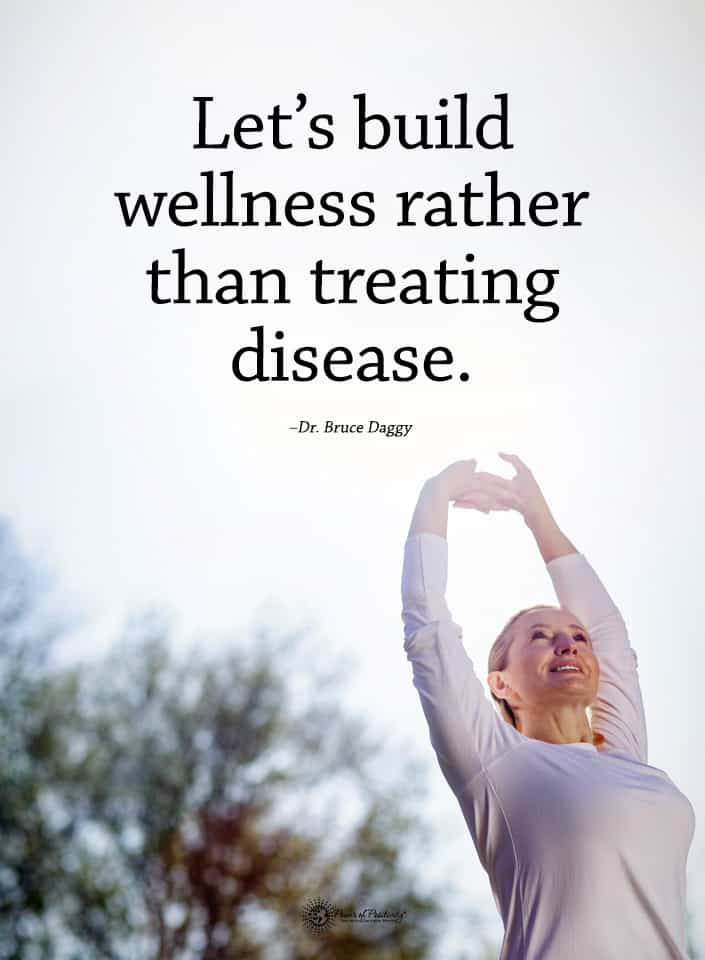After a frantic day of juggling responsibilities at home and work, it’s no wonder your body aches. Since your back and neck supply vital support to your body, they often hurt the most. The good news is that exercise like seated yoga poses can bring you blessed relief.
What comes to mind when you think of yoga? Do you envision a motley group of hippies chanting and standing on their heads in a field? While the counterculture of the 60s was the first in America to embrace the ancient yogic practice, it’s now the norm for anyone.
If you are a senior or have issues with your bones and joints, yoga may seem an impossible challenge. However, adding a sturdy chair to modify your practice can make all the difference. According to an article from the American Osteopathic Association, yoga can increase flexibility and improve muscle tone and strength.
Do you want the physical, mental, and spiritual benefits of yoga that are tailored to your needs? Seated yoga, also called chair yoga, modifies classic yoga positions while you’re sitting in a chair. This unique practice makes the gentle stretches, and seated yoga poses accessible to seniors and young people alike.
Are These Seated Yoga Poses Right for You?
One of the advantages of chair yoga is that using a chair can provide more stability and minimize your chances of falling. However, there are various levels of this modified practice, and you may need to start as a beginner. A certified and experienced yoga instructor can recommend a level that’s comfortable and safe for you.
Seated yoga poses can be especially beneficial for seniors because most of the tailored positions are doable. Plus, it can boost your confidence and encourage you to do more. It’s also an ideal starting point for novices of any age, and the skills can be transferred to a traditional yoga mat.
When you practice chair yoga, you can enjoy many of the same benefits of traditional practice. A study published in the International Journal of Yoga found that this modified yoga is a feasible practice, especially for seniors who are at risk of falling. Per the study, it can potentially boost your mood, improve cognitive function, and strengthen the body.
Another benefit of yoga is its emphasis on mindful breathing. You may not realize how shallow your breath is until you start this practice. Conscious breathing can also ease stress, clear your mind, and soothe anxiety.
Ten Seated Yoga Poses Anyone Can Do!
Another perk of practicing chair yoga is that you don’t need a lot of expensive gym memberships or equipment. You can do these gentle stretches and poses in your home, in the backyard, or on the beach. All you need is a safe space, comfortable clothes, and a sturdy chair.
It’s up to you as to what ambiance to create, if any. Many people enjoy listening to soft meditative music or chimes when they practice. Some also light incense to help relax their senses and bring their thoughts into the present.
You can incorporate chair yoga into your exercise routine any time of day. It can help reduce problems like neck, back, and knee pain. Here are ten easy seated yoga poses to try.
In the yogic tradition, mindful breathing provides your body with a steady oxygen flow with each movement. Plus, this life-giving air reinforces the connection of your body, mind, and spirit. You begin each session with mindful breathing and continue throughout your poses while seated.
1. Warm Up Breathing
Take a deep breath through your nostrils, and exhale slowly through your mouth. Be aware as the cool air fills your lungs and saturates your body. Enjoy the warmth as it slowly leaves through your lips. Continue mindful breathing for three to five minutes.
Also, you can try following along this short video:
2. Shoulder Shrugs
Have you ever noticed how much tension is stored in your shoulders? Not only do they provide movement for your arms, but they also help support your neck and upper back. This simple exercise can ease your shoulder tension and pain while allowing you to relax.
As you’re comfortably seated, inhale through your nostrils while raising your shoulders toward your earlobes. Hold the position for one or two seconds, then exhale through your mouth as you lower your shoulders back to the starting position. Repeat this exercise five to eight times.
3. Mountain Pose
This iconic seated yoga pose benefits your lower back and hips. Sit straight in your seat with your feet flat on the mat about hip-distance apart and toes forward. As you inhale, pull your shoulders up toward your earlobes and out toward your back.
Pull your tummy gently toward your spine and feel yourself sitting straight and tall. Exhale and bring your body back to the first position. Continue to mindfully breathe and repeat this pose at least three to five times.
4. Neck Rolls (This is one of the seated yoga poses that you can perform either sitting or standing)
Have you ever awaken in the morning with stiffness and pain in your neck? You can also experience neck pain when you are overly stressed. This seated yoga exercise can ease the pain and tension while giving your neck more flexibility.
Inhale as you bring your shoulders up and curl them toward your spine until you feel gentle pressure in your shoulder blades. As you exhale, gently lean your left ear toward your left shoulder and hold it for two or three breaths. Inhale and bring your head back to the center and then switch and repeat steps for your right shoulder.
This video shows a variety of seated yoga moves to help the neck, back, and shoulders.
5. Arm Lifts
Set up straight and tall in your chair as you would in the mountain pose. Stretch your arms out in front of you. You can modify this exercise if you have shoulder problems by stretching your arms right above your lap.
As you inhale, lift your arms until they are above your ears. Your fingers should be pointing toward the floor. Now, exhale and lower your arms gently back to your lap with your fingers straight out. Your goal is to do at least three to five repetitions.
6. Pot Stirrer
This yogic exercise takes a little imagination. As you sit comfortably in your seat, spread your knees out as if you were sitting in front of a large pot. Bring your hands together out in front of your chest like you are holding a giant ladle.
While you’re mindful breathing, move as if you were stirring this great kettle. Feel the movement in your upper body, your hips, and in your arms. Stir for two to three minutes clockwise, then another two or three minutes counterclockwise.
7. Cactus Bend
Begin this exercise in a mountain pose. Stretch both arms straight out from your sides and bend your forearms up to form right angles. Your palms should be facing out toward the wall.
Take a deep breath and gently exhale while you bend your upper body toward the right. Take two or three breaths, inhale, and come back to the center position. Repeat these steps for your left side and do these repetitions three to five times.
8. Toe & Ankle Lifts
Here is an ideal seated yoga pose to work your feet, ankles, and calves. Sit comfortably in the mountain pose and breathe mindfully. Gently raise both heels up while keeping the balls of your feet flat on the floor.
Next, raise your toes upward toward your shins and hold for a couple of seconds. You will feel a pleasant stretching in your feet and lower legs. Do these lifts eight to ten times.
9. Seated Leg Lifts
You can strengthen your lower body with this seated yogic pose. Start in the mountain form and inhale while you lift your left leg. Place your left hand on this leg above your knee.
Hold for one or two seconds, then return to the starting position. Do three to five repetitions, then switch and repeat the steps with your right leg. Take a little break between the switches if you need to.
10. Relaxation
Just as with traditional yoga sessions, your seated yoga poses end with relaxation. After you’ve completed the first nine exercises, come back to the mountain pose. Close your eyes and relax and breathe for a while.
As you inhale, feel life, energy, and love enter your entire being. Allow all the tension, stress, and negativity to leave your body with each exhalation. Sit in this position for a few minutes and enjoy being in the present.
A Word of Caution About Seated Yoga Poses
In general, seated yoga poses are safe for most people of all ages. It’s even effective for people in wheelchairs. However, if you feel any pain during one of these yogic positions, stop immediately and rest.
Even gentle exercises like yoga require energy and hydration. Keep a bottle of water near your seat and sip as you need. If you incorporate these steps with your regular exercise, you may want a healthy snack later for recovery.
Final Thoughts on Giving Seated Yoga a Try
Even if you make a few modifications, you can enjoy the benefits of yoga in your daily routine. These ten seated yoga poses can help strengthen and tone your body while emphasizing mindful breathing. It’s also a beautiful way to relax your mind and revitalize your spirit.


















